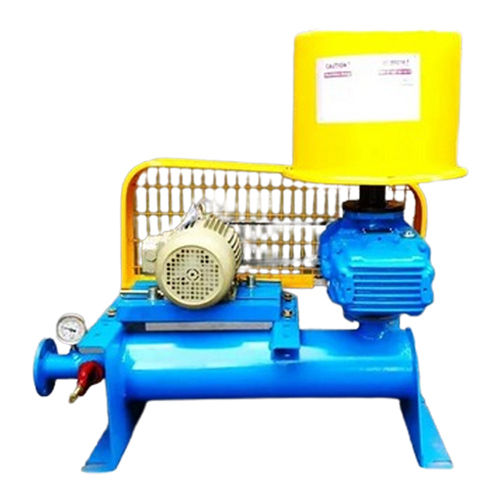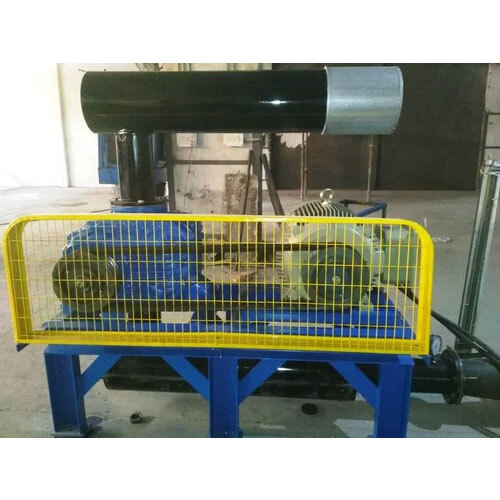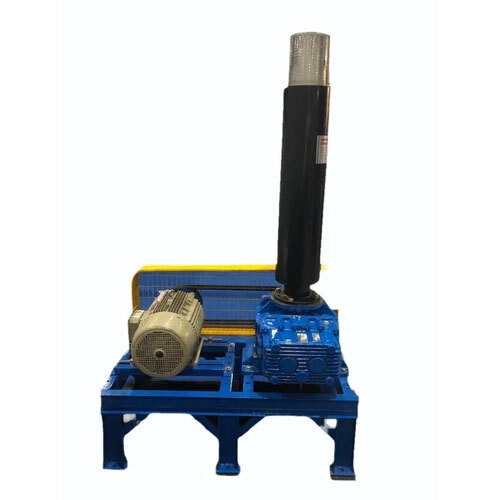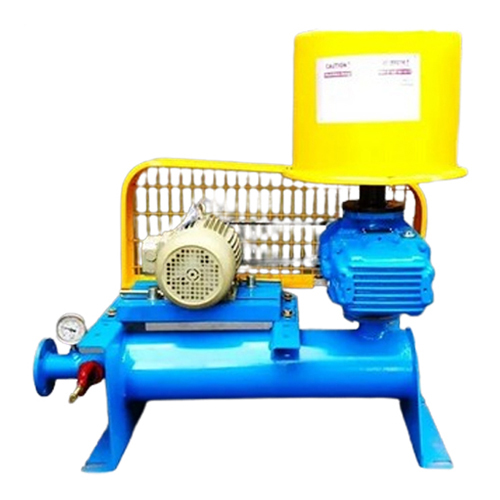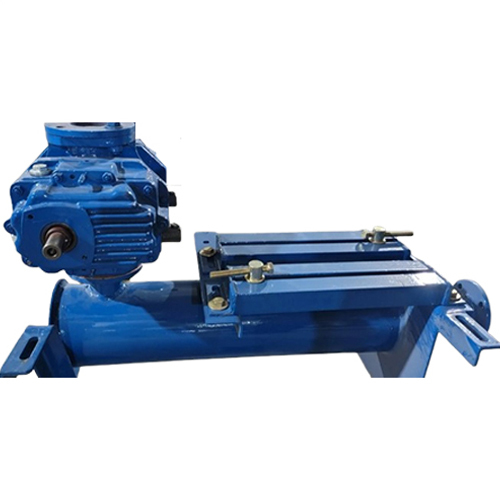Blower for STP, ETP,WTP Plant
40000.0 INR/Unit
Product Details:
- Color Blue
- Product Type Blower for STP, ETP,WTP Plant
- Size Standard
- Usage Industrial
- Material MS
- Structure Single Stage Pump
- Pressure Medium Pressure
- Click to View more
X
Blower for STP, ETP,WTP Plant Price And Quantity
- 1 Unit
- 40000.0 INR/Unit
Blower for STP, ETP,WTP Plant Product Specifications
- Single Stage Pump
- Medium Pressure
- Blue
- Industrial
- Standard
- Blower for STP, ETP,WTP Plant
- MS
Blower for STP, ETP,WTP Plant Trade Information
- Cash Advance (CA) Cash in Advance (CID)
- 100 Unit Per Month
- 2 Week
- No
- Contact us for information regarding our sample policy
- All India
Product Description
In STP (Sewage Treatment Plant), ETP (Effluent Treatment Plant), and WTP (Water Treatment Plant), blowers play a crucial role in maintaining optimal air supply for aeration systems. These systems are essential for biological treatment processes where oxygen is required by microorganisms to break down organic pollutants in wastewater or effluent. Blowers also help in the mixing, circulation, and oxygenation of water in various stages of the treatment process.
Key Functions of Blowers in STP, ETP, and WTP Plants:
-
Aeration:
- The primary function of blowers in STP, ETP, and WTP plants is to supply oxygen to the biological treatment process, particularly in the aeration tanks. Microorganisms in the wastewater treatment system use the oxygen provided by the blower to degrade organic contaminants, a process known as aerobic digestion.
-
Mixing and Circulation:
- Blowers are used for mixing and circulating the water or effluent in different stages of the treatment plant. This ensures proper contact between the microorganisms and the pollutants in the water, leading to more effective treatment.
-
Chemical Oxidation:
- In some water treatment systems, blowers provide the required air or oxygen to support chemical oxidation processes, such as the use of ozone or chlorine, which help in disinfecting or removing certain chemical contaminants from the water.
-
Pressure Boosting:
- In certain systems, blowers are used to create a pressurized environment that helps move water through filtration or membrane systems, enhancing the efficiency of the treatment process.
-
Effluent Handling:
- In ETP plants, blowers help in the treatment of industrial effluents that may contain toxic or hazardous materials. Aeration is key for breaking down contaminants, and blowers can be part of a biological treatment system that uses microorganisms to neutralize harmful substances.
| Usage/Application | WTP |
| Blower Type | Roots Blower |
| RPM | 1500 |
| Country of Origin | Made in India |
Tell us about your requirement

Price:
Quantity
Select Unit
- 50
- 100
- 200
- 250
- 500
- 1000+
Additional detail
Mobile number
Email

